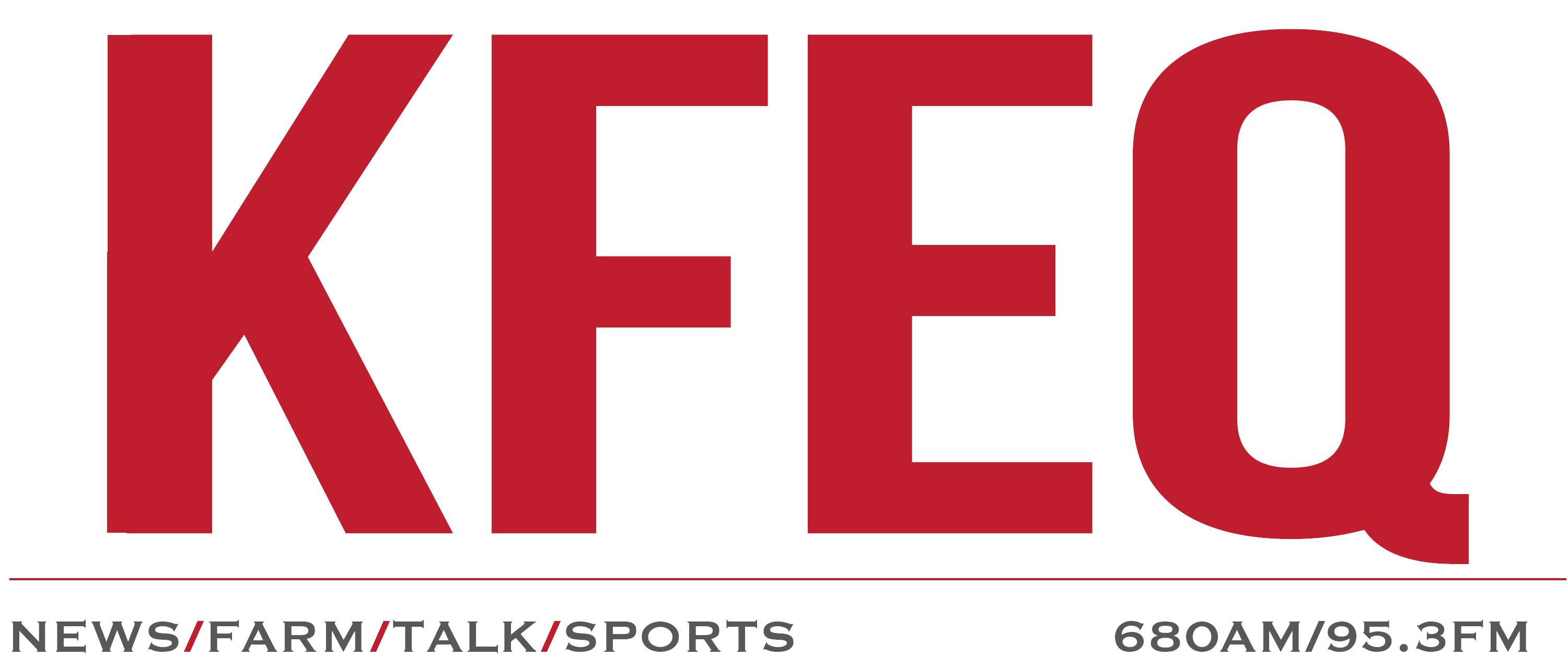
CORN:
December corn ended down 2 cents at $4.91 Tuesday, staying near its highest prices in four months as the pace of U.S. corn planting remains a concern. Late Monday, USDA said 49% of the corn crop was planted as of May 12, down a little from the five-year average of 54%. That is not bad progress, considering the weather hurdles of the past two weeks; but corn is also facing another wet forecast the next five days from Missouri and eastern Texas to the Atlantic Coast. Nebraska, Minnesota and Iowa are 55% to 57% planted, while Illinois is at 42% and Indiana is at 36%. The northern and Western Corn Belt have better planting opportunities this week with lighter precipitation expected. Adding to planting concerns, the extended forecast expects above-normal precipitation for the entire Corn Belt. On the demand side, U.S. corn exports continue to show good buying interest. Earlier Tuesday, USDA said 15.9 million bushels (mb) of corn were sold to Mexico, 5.3 mb of which was for 2023-24 and the rest was for 2024-25. With U.S. corn planting at risk of being late in 2024, the trend in December corn remains up.
SOYBEANS:
November soybeans closed down 7 1/4 cents at $12.05 Tuesday with bearish influence coming from several directions. Early Tuesday, news spread that President Joe Biden was increasing tariffs on a long list of Chinese goods, but the list did not include used cooking oil as Bloomberg news reported was a possibility Friday. For soybean traders, it was doubly disappointing as the new tariffs also raised concerns China may retaliate by buying less soybeans from the U.S. For the past ten months, used cooking oil has been aggressively displacing soybean oil and canola as feedstocks for making biofuel and some were hoping the cooking oil supply from China would be limited. Late Monday, USDA said 35% of the soybean crop was planted, close to the five-year average of 34% for this time of year, in spite of numerous weather hurdles the past two weeks. Illinois and Iowa are both 39% planted, below their normal paces. Except for an opportunity in the northwestern Plains this week, the forecast is mostly wet across the Midwest the next two weeks. If it stays too wet, there is a possibility later corn planting dates could translate to more soybean acres. Even with an uncertain planting pace, the trend for November soybeans remains up.
WHEAT:
July KC wheat closed down 16 3/4 cents at $6.83 1/4, falling back from the highest close in 2024 on Monday. Friday’s CFTC report showed specs still net short 17,656 contracts of KC wheat as of May 7 and some of that was likely liquidated in the past four sessions, ending with Monday’s close. Talk of freeze damage to Russian wheat crops has gotten the most attention lately, but excessively wet crop conditions in western Europe are also not looking good with more rain expected the next ten days. Even so, September milling wheat in France was also lower Tuesday, ending down 3.5%. Here in the U.S., USDA said 50% of the winter wheat crop was rated good to excellent, much better than 29% a year ago. 35% of the crop in Kansas is rated poor to very poor, mostly to due dry conditions in western Kansas. DTN will get a closer look at Kansas crops in the Wheat Quality Council’s HRW Wheat Tour, starting with a day one review later Tuesday. USDA also said 61% of the spring wheat was planted, well above its five-year average of 48% for this time of year. The top-producing state, North Dakota, is also well ahead of its normal pace for this time of year at 49% planted. So far in 2024, wheat prices have been supported by new weather threats and it is too early to say how world production will go in 2024. For now, the price trends remain up for the July contracts of all three U.S. wheats.



